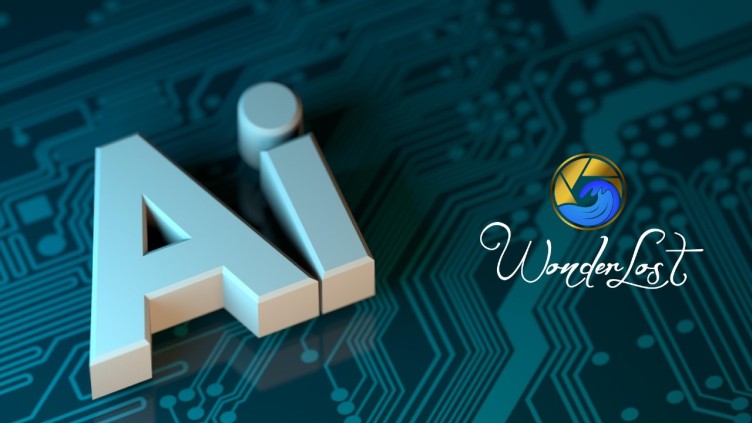Introduction
The translation industry has experienced a revolutionary metamorphosis in recent decades, fueled by advancements in technology and evolving customer requirements. From manual translation processes to highly automated and digitalized services, the landscape of translation has evolved significantly. In this blog, we explore the transformative journey of translation services, with a particular focus on the integration of Artificial Intelligence (AI) and Machine Learning (ML).
Embracing Neural Machine Translation (NMT)
Neural Machine Translation has been a game-changer in the translation industry. AI-driven algorithms, as exemplified by Google Translate and DeepL, produce more natural and idiomatic translations. Faster turnaround times and higher quality outputs have made translations more accessible and cost-effective for a wider audience.
The Growing Demand for Localization
Globalization and digital commerce have elevated the importance of localization services. Adapting products and content to specific cultural contexts allows companies to resonate with diverse audiences worldwide. The integration of localization into translation workflows fosters better connections with customers and drives market expansion.
Empowering Collaborative Translation
Cloud computing and remote collaboration tools have empowered distributed teams of translators to work seamlessly together. Collaborative platforms like Memsource and Transifex enable real-time communication, resource sharing, and project tracking, enhancing productivity and quality control.
Balancing Automation with Human Expertise
Despite the rise of AI-driven automation, human expertise remains indispensable in specialized areas such as legal, medical, and technical translation. Skilled human translators ensure the accuracy and precision required for conveying complex terminology and cultural nuances.
Addressing Quality Concerns
While technological advancements have elevated translation services, concerns regarding quality control and potential job displacement persist. Striking a balance between automation and human oversight is vital to maintaining the highest quality standards.
Conclusion
The transformation of translation services has been nothing short of remarkable, driven by the fusion of AI and human expertise. Neural Machine Translation has revolutionized the industry, delivering faster and more accurate translations to a broader audience. The demand for localization services has surged, allowing businesses to connect with diverse global markets. Collaborative platforms have enabled efficient teamwork across borders, maximizing productivity.
While AI continues to reshape the translation landscape, human translators play a crucial role in ensuring precision and cultural accuracy. As we embrace the power of AI in translation services, it is essential to recognize the value of human expertise in achieving the highest quality standards. By striking a harmonious balance between automation and human intervention, the future of translation services holds the promise of even greater efficiency, accessibility, and cultural understanding.


